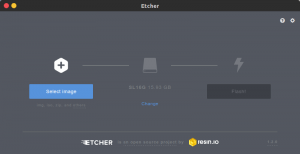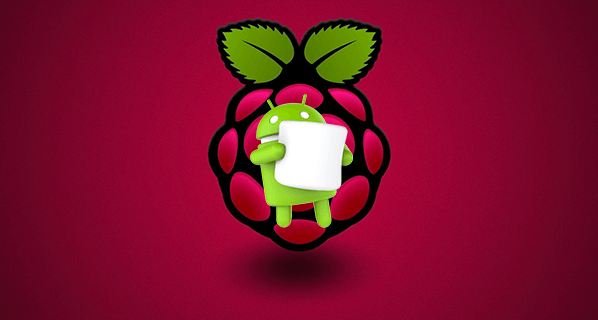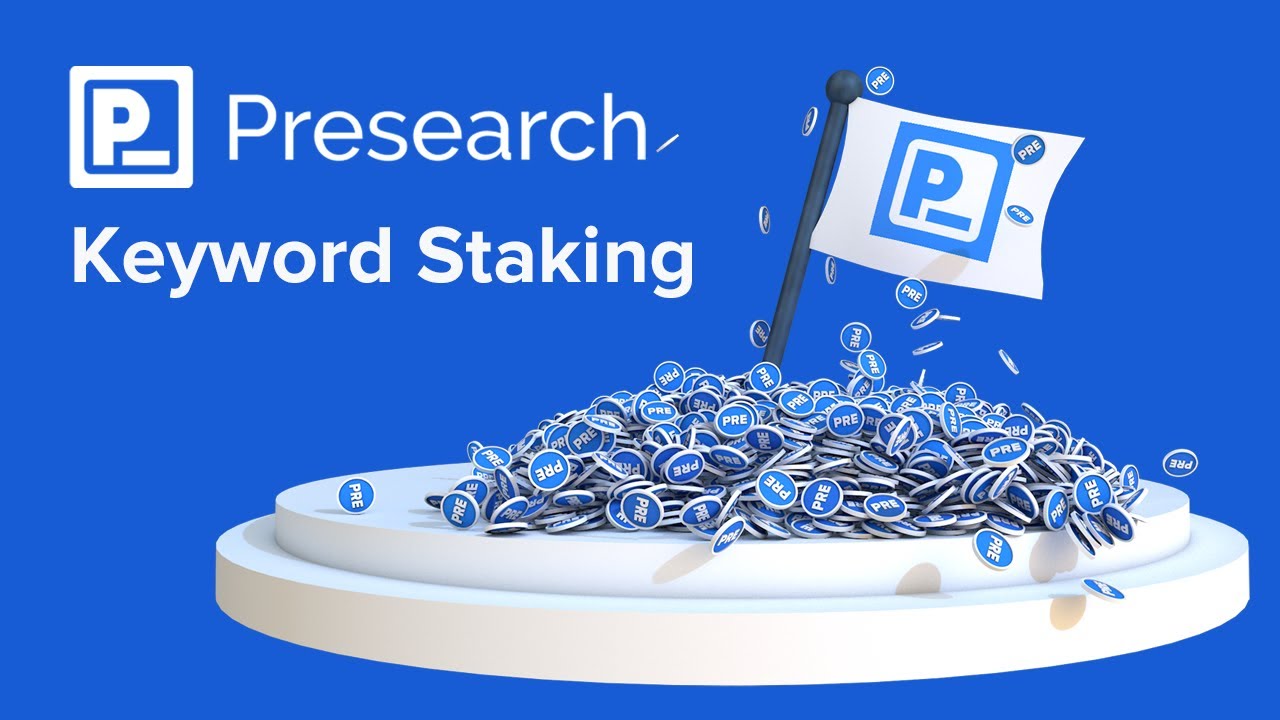This article will explain how to install and configure Android 7.1.1 (with the Play Store) on your raspberry pi. Above all, it is important to point out that this is only an experimental setup. No version of Android is officially compatible with the raspberry pi and therefore the version we will install is not optimized for our dear motherboard. It is therefore difficult today to use Android on a daily basis on his raspberry pi even if the installation we are going to present turns relatively well.
Small precision, the image that we provide has not been compiled by us. A priori it is a legitimate image of Android RT, but this distribution no longer exists under this name, and the only version currently available “officially” is paid. So we found online an old image of Android RT to be able to host it at Raspbian France, but we can not guarantee you absolutely certain that this distribution has not been modified and we therefore do not recommend to use it to manage sensitive data.
Requirements :
- a Raspberry Pi 3
- an Internet connexion
- At least 16Gb Micro SD Card
- MOST IMPORTANT : Android Image and the Script for Installation
- For the last part you’ll need a Unix machine like Linux or MacOS to run the Script, if you don’t have simply run a virtual machine with VirtualBox
Step 1: Install Android on the SD Card
Once downloaded, the installation of the Android image on the SD card is very simple, it’s the same manipulation as to create an SD card on raspbian. You can go back to the articles that we wrote about it for Windows or Linux. However in this tutorial, I will use a software released after the writing of these articles which is very easy to use and above all compatible for all OS, it is Etcher.

Just select the Android .img file that you extracted from the zip archive downloaded in the introduction, Etcher automatically detects the SD card on which to install the operating system but it is possible to change it. Finally click on Flash to start the creation of the SD card. It can take long minutes.
When done, insert the SD card into your raspberry pi connected to a screen. Here you are now with a functional Android. However, as you can see, this one does not have a Play Store.
Step 2: Install Google PlayStore
To install the Play Store must initially connected to the internet (wi-fi or Ethernet) (for that click to the top of the screen and pull down to bring up the options, as on a Android phone, the sequel is the same as for phone).
Once the pi is connected, we will need its IP address. To retrieve it, you have to go to the parameters, go down to the bottom of the various parameters and go to “About the tablet” and then to “Status”. we can now see our IP address (198.168.x.x).
Now that we have recovered this address, we will be able to return to our UNIX computer as indicated in the introduction while letting the Android raspberry pi run. I remind those who are on Windows that they can use a virtual machine to perform these steps.
Open the downloaded gapps.sh file in the introduction. You will find the following lines
SHOW_HELP=false ADB_ADDRESS="192.168.10.173" ARCHITECTURE="arm" PACKAGE_NAME="pico" INIT_FILE="/etc/init.d/gapps"
It is necessary to replace the IP address (ADB_ADDRESS) by that of your raspberry pi. In addition, if the other fields are empty, fill them in as above.
After that, in a terminal, run the command
sudo apt install android-tools-adb
This command will allow you to connect to your raspberry pi under android from your PC. Then install “LZip”
sudo apt install lzip
After these orders, we will be able to connect to our raspberry pi.
adb connect IP_RASPBERRY_PI
And finally, run the script to install the Play Store. Go through the terminal in the folder where the gapps.sh script is located, make the executable and run it.
sudo chmod u+x ./gapps.sh sudo ./gapps.sh
Be careful, the script takes a very long time … Once it is finished, the raspberry pi will restart. You will find yourself with a beautiful Android with the Play Store.
However, note that some applications will have problems downloading them. Also as said in the introduction, this is an experimental setup and the GPU is not very well supported. It is therefore likely that Android is experiencing slowdowns.




